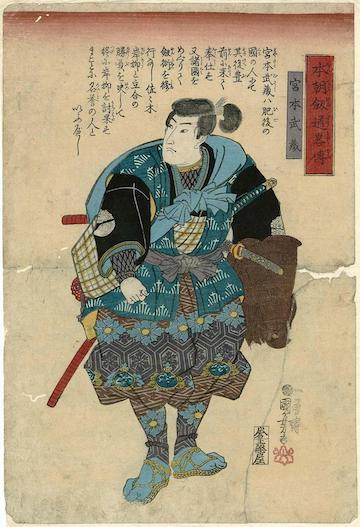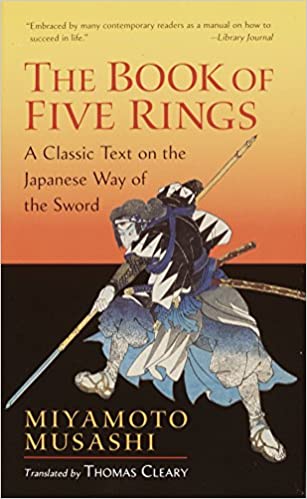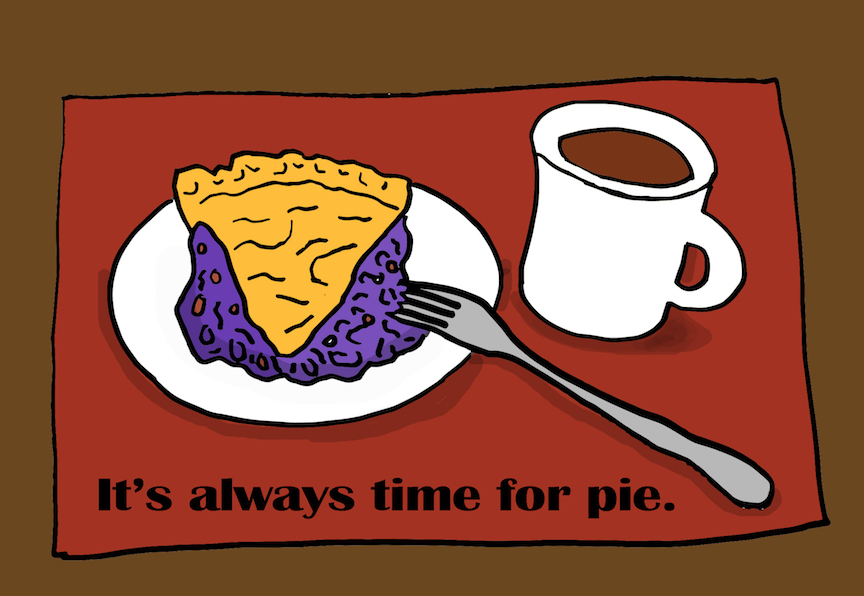In any new or daring task, it’s not a bad idea to charge ahead as fast as possible. Leonardo da Vinci believed that it was essential for artists to work quickly to capture the “first flash of inspiration.” Ralph Waldo Emerson concurred, saying, “In skating over thin ice, our safety is in our speed.”
It is also the advice of the Japanese master swordsman Miyamoto Musashi, who described the “sekka no atari” — or “lightning strike” — as charging in with strong legs, strong body, and strong arms combined for maximum speed. As he plunged into battle, Musashi had no time for worry, fear, doubt, or regret. He relied on having mushin, or “empty mind,” to detach from whether he’d emerge victorious or chopped in half. Foreseeing the possible outcomes could serve no practical purpose. The truth would be revealed through action. So stop foreseeing and just go, go, go!
NOTE: This secret stands in complete opposition to statements elsewhere on this site. Further proving that contradiction is not feared, but embraced, by the true SuperOptimist who savors a complex universe.



